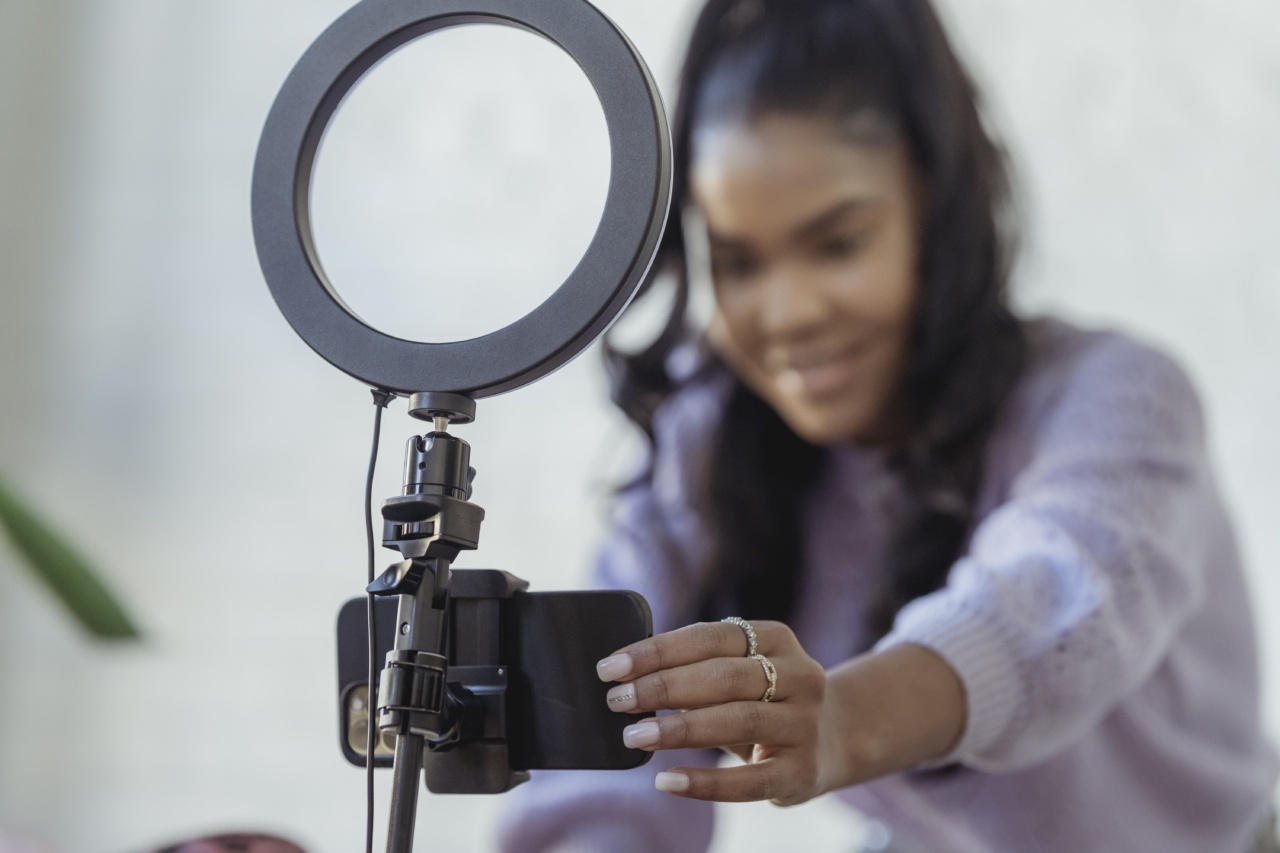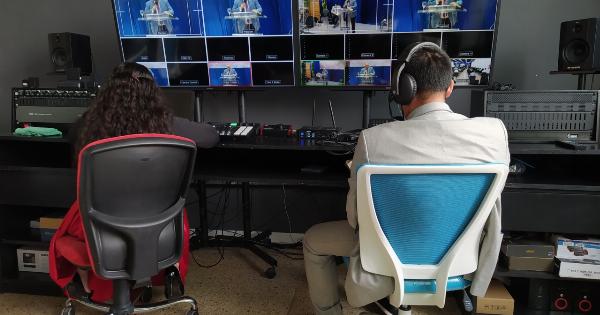The media has always played a significant role in shaping public opinion, influencing cultural norms, and reflecting societal values. Women’s portrayal in the media has often been skewed, perpetuating stereotypes and reinforcing gender inequality.
However, in recent years, there has been a growing movement towards empowering women through media by challenging these stereotypes, promoting positive role models, and amplifying women’s voices. This article explores the various ways in which media can empower women and create a more inclusive and equal society.
1. Changing Media Narratives
One of the most powerful ways media can empower women is by changing the narratives that surround them. Historically, women in the media have been portrayed as fickle, dependent, and lacking agency.
However, there has been a shift towards more diverse and realistic portrayals of women in recent years. Television shows like “The Marvelous Mrs. Maisel” and “Jessica Jones” have featured strong, independent female protagonists who defy traditional gender norms.
2. Challenging Gender Stereotypes
The media has long perpetuated harmful gender stereotypes by categorizing women into narrow roles. However, empowering women through media involves challenging and dismantling these stereotypes.
Advertising campaigns featuring diverse body types, races, and abilities help to break down the unrealistic beauty standards that have been perpetuated for decades. Magazines like “Glamour” and “Vogue” have started featuring more inclusive and body-positive content that celebrates all types of beauty.
3. Promoting Female Leadership
Another way media empowers women is by promoting female leadership and representation in various fields.
Television shows like “Scandal” and “Veep” showcase powerful female characters who are in positions of authority, challenging the notion that leadership is solely a masculine trait. By seeing successful and influential women in positions of power on-screen, viewers are inspired and encouraged to pursue their own ambitions.
4. Amplifying Women’s Voices
Media can provide a platform for women to share their stories, opinions, and experiences. Through documentaries, podcasts, and online platforms, women’s voices are being amplified like never before.
The #MeToo movement, which gained momentum through social media, is a prime example of how media can empower women to speak out against harassment and abuse. By giving women a voice, media creates a sense of solidarity among women and encourages a supportive community.
5. Creating Positive Role Models
Media has the power to shape perceptions and influence behavior. By creating positive role models for women, media can inspire and empower them to aspire for greatness.
Television shows like “Grey’s Anatomy” and “The Good Place” feature complex, multi-dimensional female characters who defy stereotypes and refuse to conform to societal expectations. These characters serve as role models for young women by demonstrating resilience, intelligence, and the ability to overcome challenges.
6. Encouraging Healthy Body Image
The media has been criticized for promoting unrealistic beauty standards that can negatively impact women’s self-esteem. Empowering women through media involves promoting a healthy body image and showcasing diverse representations of beauty.
Brands like Dove have launched campaigns that celebrate bodies of all shapes, sizes, and ages. By featuring models with different body types and skin tones, media helps to normalize diverse beauty and eliminates the pressure to conform to a narrow definition of attractiveness.
7. Addressing Gender Inequalities
Media plays a crucial role in addressing gender inequalities by bringing attention to issues that affect women. News outlets have the power to shed light on gender-based violence, pay gaps, reproductive rights, and other issues faced by women globally.
By giving these issues visibility, media can spark public discussions, mobilize support, and advocate for change. Documentaries such as “Period. End of Sentence.” have successfully raised awareness about menstrual taboos and contributed to efforts to provide better access to menstrual hygiene products.
8. Empowering Women in the Film Industry
One aspect of empowering women through media involves creating more opportunities for women in the film industry. Behind the scenes, women have often been underrepresented in roles such as directors, producers, and screenwriters.
However, initiatives such as the “Times Up” movement and the introduction of diversity quotas have begun to address these disparities. By providing equal opportunities and representation, media can empower women to tell their stories and contribute to the industry.
9. Fostering Media Literacy
Empowering women through media also requires fostering media literacy. Media literacy enables individuals to critically analyze media messages and understand how they shape perceptions and beliefs.
By educating women about media literacy, they can become active consumers and creators of media. This empowers them to challenge harmful narratives, recognize biases, and demand greater representation.
10. Providing Accessible and Inclusive Content
Lastly, empowering women through media involves ensuring that content is accessible and inclusive. This means representing diversity in terms of race, ethnicity, sexual orientation, and disability.
Media that is sensitive to the needs and experiences of all women allows for greater inclusivity and empowerment.
Conclusion
Media has the potential to be a powerful tool in the fight for gender equality and empowerment.
By changing media narratives, challenging stereotypes, promoting female leadership, amplifying women’s voices, creating positive role models, encouraging healthy body image, addressing gender inequalities, empowering women in the film industry, fostering media literacy, and providing accessible and inclusive content, we can build a media landscape that empowers and uplifts women. It is essential that we continue to support and demand media that reflects the diversity and strength of women, so that future generations can grow up in a world where they see themselves represented and empowered.






























